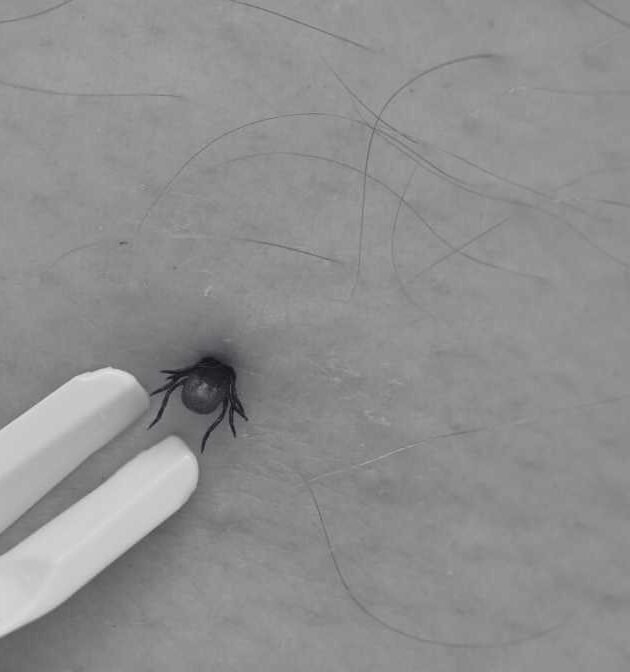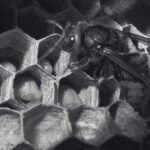
The Hornets Nest, An In-Depth Look at Their Structure
May 26, 2025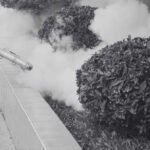
Between Fogging and Fumigation Services, Which Works Best?
May 27, 2025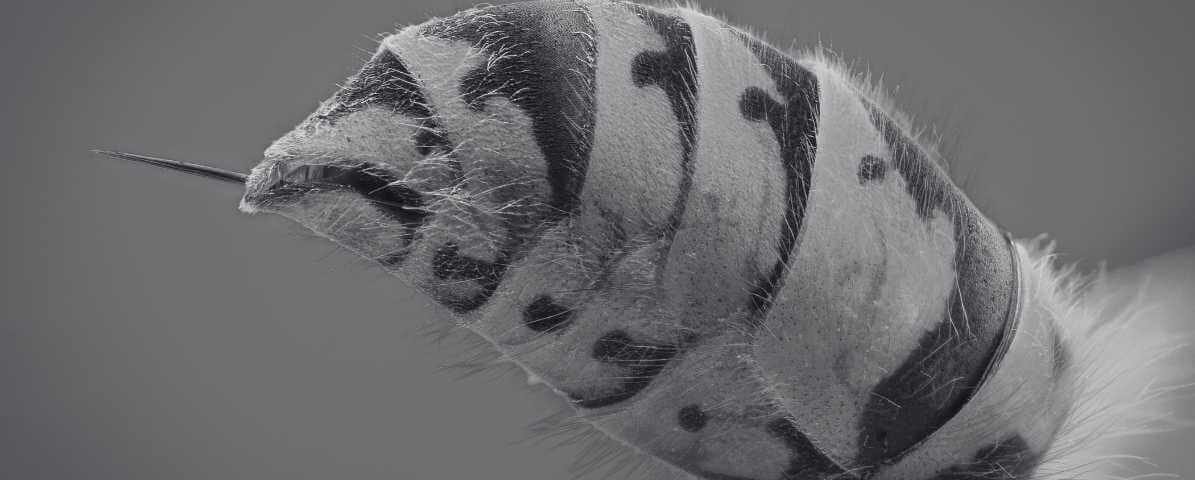
Hornets Blog
Being aware of the risks and properly responding to hornet sting can greatly reduce health complications. With experts at Innovative Pest Management, we can help safely eliminate hazards and prevent future incidents.
Everything You Need to Know About Hornet Sting in Malaysia
What to Know About Hornet Sting in Malaysia?
Hornets are among the stinging insects that residents and visitors in Malaysia might encounter. Especially in the country's lush forests, urban gardens and agricultural areas. Unlike common bee or wasp stings, hornet comes with their own set of challenges. Including more intense pain, larger hornet sting swelling and sometimes serious allergic reactions.
Understanding how to identify, treat and prevent hornet stings is essential for safety. Particularly given Malaysia's vibrant ecosystem that supports a variety of hornet species. We provide everything you need to know about hornet stings in Malaysia. From symptoms to treatment, ensuring you're prepared to handle an encounter confidently.
Recognising Symptoms and Effective Treatments in Malaysia
Symptoms of Hornet Sting
Compare to bee or wasp stings, hornet stings tend to be more painful and may cause larger swelling because of their potent venom. While many people experience only localised discomfort, those with allergies risk serious complications. A sting can cause immediate pain and swelling, but reactions vary depending on individual sensitivity. Typical symptoms include:
Sharp pain at the sting site: Hornet stings are often described as intense and burning.
Swelling: The area around the sting tends to swell significantly, sometimes enlarging several centimetre long.
Redness and itching: The skin at the sting site may become red, itchy and inflame.
Itching and tenderness: Discomfort can last for days, especially if the sting wound becomes infected or if swelling persists.
More severe reactions: For some, sting triggers allergic responses. Including difficulty breathing, dizziness or swelling in other parts of the body. Signs of anaphylactic reaction requiring immediate medical attention.
Potential for trouble breathing: In allergic individuals, a hornet sting can compromise airway passages. Life threatening allergic reactions leading to life-threatening situations if not treated promptly.
Identifying, Treating and Managing Hornet Sting, Swelling and Wounds
Hornet Sting vs. Other Stings: What Sets Them Apart?
Understanding the differences between bee, wasp and hornet stings can help identify the insect responsible and determine appropriate treatment. Knowing these distinctions enables proper identification and targeted treatment, especially in Malaysia where diverse hornet species exist. Here’s a comparison:
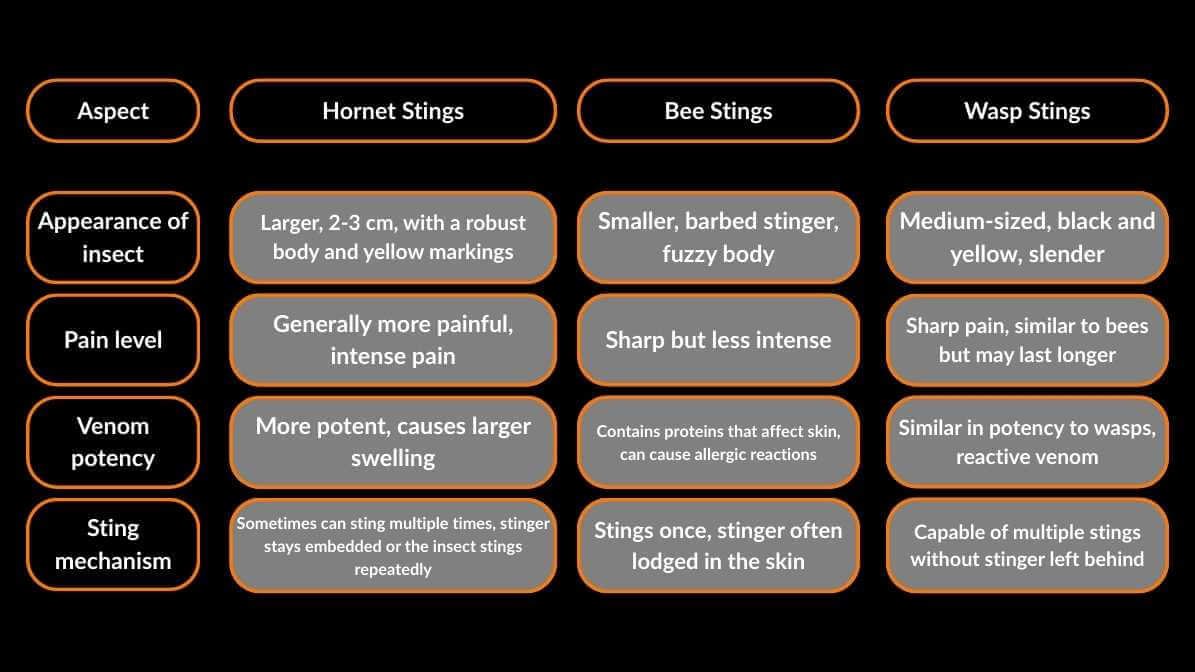
How Many Stings Can A Hornet Deliver?
Unlike honey bees, which die after a single sting. The giant hornet and other hornets can sting multiple times during an attack, injecting venom each time. Swarms defending their nests can deliver multiple stings rapidly.
Appearance and Nests of Hornets in Malaysia
Understanding Hornet Sting in Malaysia
In Malaysia, hornets are characterise by their sizeable bodies. Typically yellow and black markings, and their aggressive defence of nests. Common hornet species include the Asian giant hornet (Vespa mandarinia) and local variants like Vespa affinis.
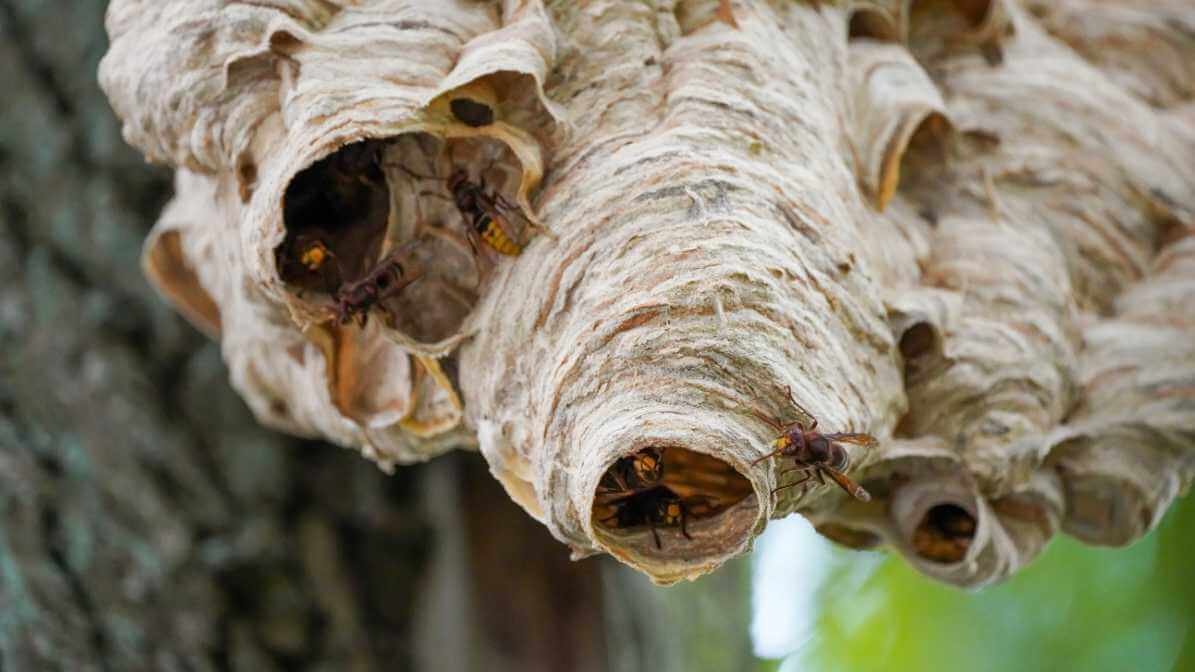

Hornet Nests
Hornets build large, aerial nests usually located in tall trees, under eaves, or in wall cavities. These nests are papery, multi-layered structures that can expand significantly over time, often quite conspicuous. During the hot Malaysian climate, nests may be active year-round, increasing the likelihood of encounters.
Hornet Sting Wound & Swelling
A typical hornet sting wound appears as a localised puncture mark with an inflamed, red and swollen area. The swelling can grow rapidly, reaching sizes of 5-10 cm long in length. Especially if multiple stings occur or if the individual has a sensitivity to venom. The tissue around the sting becomes tender and itchy, and in some cases, blisters may develop.
How to Reduce Hornet Sting Swelling and When to Seek Medical Help?
Treatments for Hornet Stings
Proper care can significantly reduce discomfort and prevent complications. Here’s what you should do:
Remove the stinger if present:
- Unlike bees, hornets usually do not leave their stinger behind. If you notice a stinger, gently scrape or tweeze it out to minimise venom injection.
Clean the area:
- Wash the sting area with soap and water to remove any residual venom and prevent infection.
Apply cold compress:
- Use an ice pack or cold cloth on the swelling for 10-15 minutes to reduce swelling and minimise pain.
Use antihistamines or anti-itch creams:
- Over-the-counter oral antihistamines (like loratadine) and topical antihistamine or hydrocortisone creams can help alleviate itching, reduce inflammation and ease discomfort.
Elevate the affected limb:
- If stung on an arm or leg, keeping it elevated helps decrease swelling.
Take pain relievers if needed:
- Ibuprofen or acetaminophen can help manage pain associated with the sting.
Monitor for signs of allergic reaction:
- In case of difficulty breathing, dizziness, nausea or swelling beyond the sting area, seek emergency medical care immediately.
Spotting Stings and Managing Reactions in Malaysia
When to Use Medical Attention?
In some cases, especially with multiple stings or allergic reactions, a doctor might administer antihistamines, corticosteroids or adrenaline (epinephrine).
Stings causing persistent or increasing swelling or severe pain.
Signs of an allergic reaction such as difficulty breathing, swelling of lips or throat. Additionally, tightness in the chest or dizziness.
Multiple stings, especially in sensitive individuals.
The sting occurs in or near the eye, mouth or in areas where swelling can impede breathing or vision.
Signs of infection such as pus, warmth or spreading redness.
Comprehensive Guide to Hornet Stings in Malaysia
When to Talk with a Doctor?
Medical professionals may also recommend allergy testing or prescribe an emergency kit. This includes an epinephrine auto-injector if you're prone to life-threatening reactions. Prompt medical consultation is essential if:
The hornet sting wound shows signs of infection (increased redness, pus).
You experience trouble breathing, chest tightness or swelling in the face or throat.
The swelling or pain persists beyond a few days or worsens.
You develop a fever or feel unwell.
A dramatic and sudden drop in blood pressure.
You have a history of severe allergic reactions or previous sting allergies.
Professional Hornets Control Services
Innovative Pest Blog Summary
Hornet stings in Malaysia can be painful and occasionally dangerous, especially for individuals with allergies or sensitivities. Recognising the symptoms such as sharp pain, hornet sting swelling and skin reactions allows for timely and effective treatment. Distinguishing between hornet stings and other insect stings helps ensure appropriate care. As hornet venom can provoke larger swelling and more intense reactions.
Understanding the appearance of local hornets and their nests aids in avoidance and prevention such as insect repellent. When stung, immediate measures such as cleaning the wound, applying cold compresses and taking antihistamines can mitigate discomfort. Most importantly, seek medical attention if symptoms worsen or if allergic reactions occur. If you encounter a hornet nest or experience multiple stings, consulting our professionals in pest control management.


